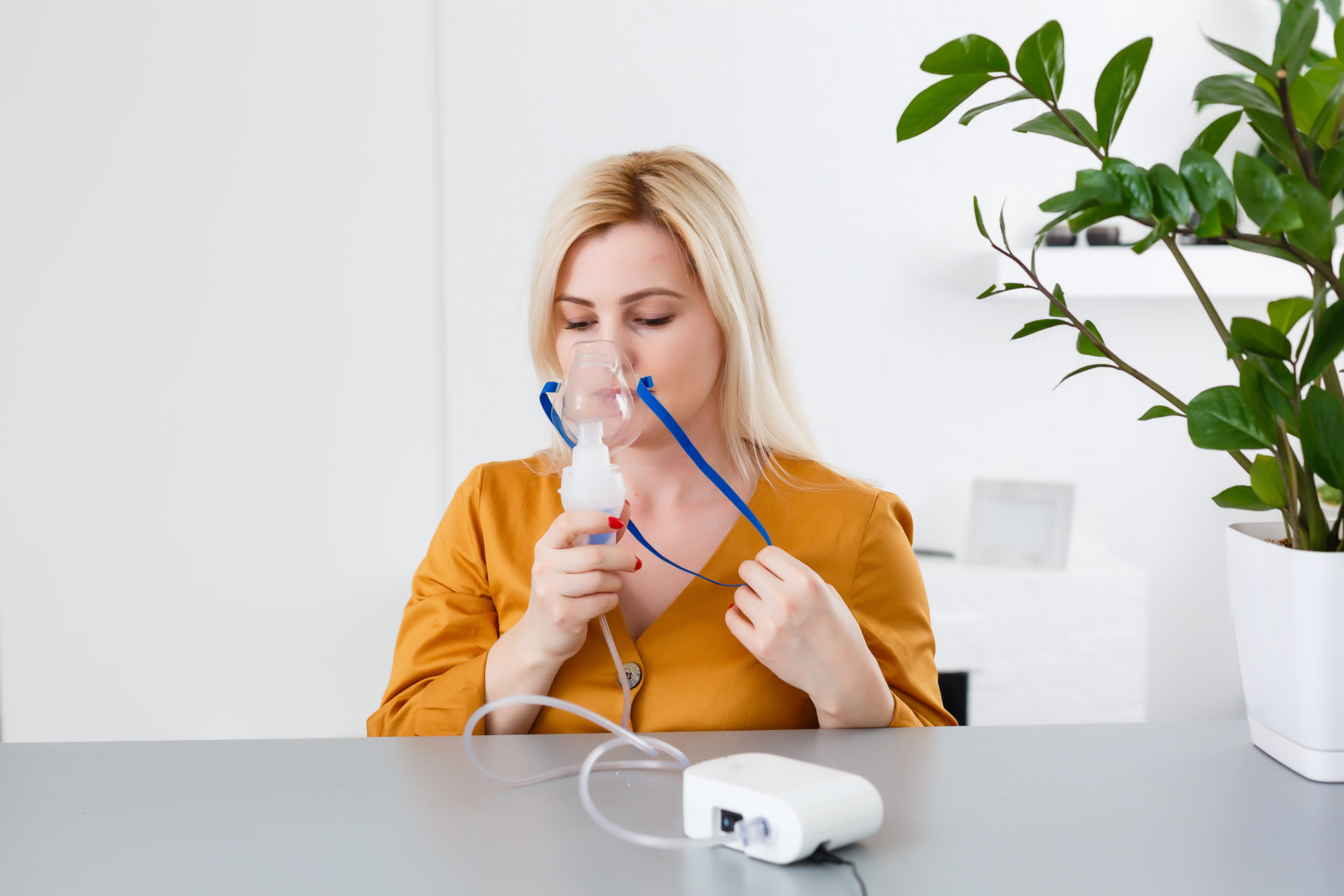Various health-related bodies of research have said that air pollution can worsen asthma symptoms both in the young and adults alike.
The Asthma and Allergy Foundation of America (AAFA) said research shows air pollution can worsen asthma symptoms. It said that based on a study made on young campers with moderate to severe asthma, 40 percent are more likely to experience episodes of acute asthma during high pollution summer days compared to days with average levels of pollution.
The AAFA also mentioned in a study that when summer air pollution is high, older adults are more prone to breathing problems and would thus result in frequent hospital visits.
The United States Environmental Protection Agency (EPA) looked at air pollution as “any visible or invisible particle or gas found in the air that is not part of the natural composition of air.”
There can be many sources of air pollution such as gases, either chemical-based or natural ones, smoke coming from fires, especially wildfires, and other dust particles. The sources can either be man-made or naturally occurring events in the environment, the AAFA said.
The most common air pollutants are the ozone, which is essentially a form of gas, and airborne particles, those present in haze and smoke and basically airborne dust.
Ozone gas is typically heavy in urban centers, those with large concentrations of vehicles that emit gas which, when concentrated, creates what we call “smog.”
It can be quite damaging to the lungs of those who suffer asthma for it reduces the capacity to breathe deeply and therefore, may lead to severe attacks, necessitating the need for more asthma medication.
Like ozone, airborne particles can also create havoc on one’s respiratory system since it can pass freely through the nose or mouth that in the end will make breathing difficult and cause a great amount of hardship on the lungs.
Those with asthma are likewise at risk when they inhale microscopic particles present in the air and thus make the asthmatic condition become even worse.
One can just imagine both the short- and long-term effects of airborne particles to one’s health, which is really not good.
The EPA uses the Air Quality Index or AQI to report the presence of ozone and other environmental air pollutants. An AQI of 101 or higher is deemed dangerous for those with asthma, and for some, asthma systems are also noted even in moderate AQI (51-100) levels.
The United States employs what it calls AirNow Action Days to advise the public of days where high air pollution is present so people can opt to stay inside a well-ventilated or air-conditioned space, and or at least limit their stay outdoors to prevent asthma attacks.
Workplaces are likewise a target of air pollution since certain chemicals and other substances may be present and pose risks to asthma sufferers, especially in old buildings where allergens may be present. Those with poor air filter systems, even new carpets and rugs release allergens, and more importantly if smokers are present in the building, cigarette smoke can definitely cause air pollution.
So better stay at home. But then again, home, supposed to be our safe domain, can also be a source of air pollution that can trigger asthma. The presence of carbon monoxide gases from cooking, pet dander and other damaging particles can also be found at home.
Since we stay mostly at home nowadays, it is better protect it from air pollution. The AAFA advised to remove air pollution sources such as household cleaners, air-freshening sprays, heat sources that use wood as fuel, candles, tobacco, paint products, adhesives and pesticides, and hair sprays. Even humidity should be kept at low levels as well.
To counter these, improve air ventilation, prevent growth of molds by keeping humidity at low levels, open windows, don’t smoke inside the house, do not even use air cleaners that also emit ozone gases.
Better yet, determining the presence of gases and identifying them can help homeowners fight back and employ measures to keep the air at home pollutant-free, even if these gases are supposedly invisible to the eyes.
Installing a low-cost yet smart air quality monitor such as uHoo can help protect the home. With its smart, uHoo Virus Index that uses a 1-10 scale to identify the types of gases and other pollutants present inside the home or office, it helps people employ necessary measures to keep the home or office free from air pollution that targets not just those who suffer from asthma but also other respiratory ailments. By using uHoo, it can now help us breathe freely and openly, without worries of particulate matter in the air entering our lungs and affecting our health.
Many people suffer from asthma, that’s a fact, but that doesn’t mean we can’t breathe freely inside the home. Let’s just make sure our last bastion of defense from air pollution itself is pollution free with uHoo inside it.
Then we can sleep soundly at night.



